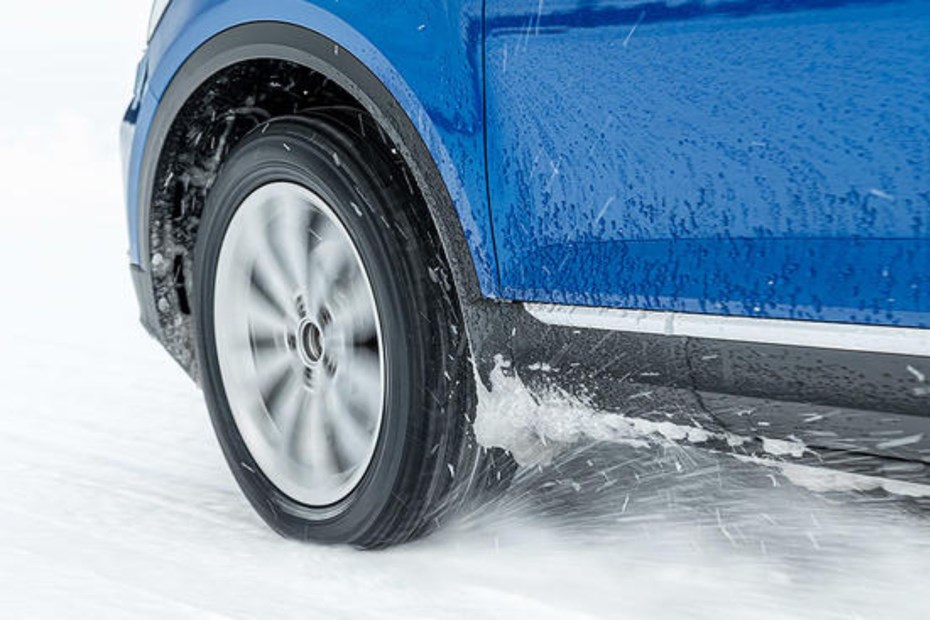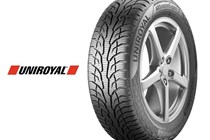If ever there was a place for all-season tyres to do well it’s the UK. Sure, the Scottish Highlands may require a decent set of winter tyres come but for the most part, a single set of tyres designed to be safe and effective in all weather conditions sounds just about perfect.
All-seasons are designed to be perfect for both the hottest July drive, where summer tyres perform at their best, and the inevitable frost and misery of a British January. Question is, which set should you settle on? Should you stick to the bigger brands (and prices) in the hope they’ll be better developed, and the added safety will make stomaching the cost easier? Or do you try your luck with a smaller brand that’s a little cheaper?
Thankfully, our German friends over at Auto Zeitung have conducted incredibly thorough all-season tyre testing to help find the perfect all-season tyres that blend performance, safety and efficiency while also looking at the price. For keeping your new set of tyres inflated, check out our guide on the best tyre inflators.
The best all-season tyres 2025 at a glance
How we tested the best all-season tyres 2025:
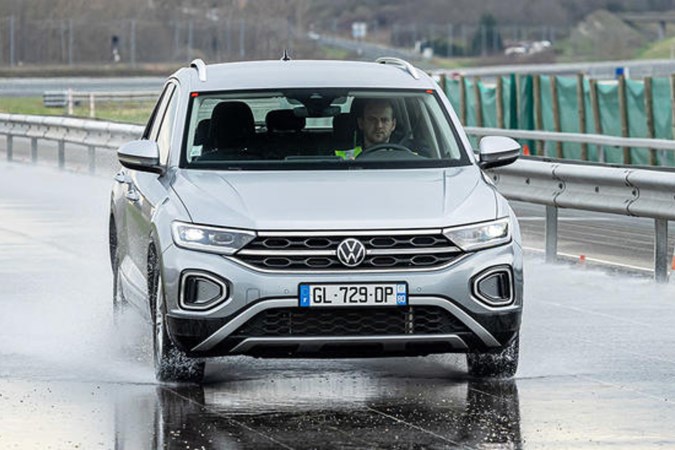
Auto Zeitung enforces stringent rules to ensure reliable results:
The tyres themselves were all 215/55/R17 in size and were fitted to a VW T-Roc test vehicle. The model itself was a 1.5 TFSI (petrol) equipped with front-wheel-drive (FWD) and the seven-speed dual-clutch (DSG) gearbox. A number of locations were used for the different weather conditions.
For the dry and wet tarmac testing, the tyres were tested in the south of France near Michelin’s main plant in Clermont-Ferrand. Here, there was access to a number of facilities which allowed Auto Zeitung’s testers to try out the tyres to industry standards and see how capable they are.
For the snow testing, the tyres were tested on the Arctic Center test track in Finland operated by Goodyear. This facility is located 250km north of the Arctic Circle. There was access to skid pads, inclines, and a flat plain where the tyres were tested to their limits.
How to find the correct tyres for your vehicle:
Check out the Kwik-Fit tyre finder tool. It allows you to make sure you get the correct tyres simply by inserting your vehicle registration number.
The best all-season tyres tested 2025
The best all-season tyres
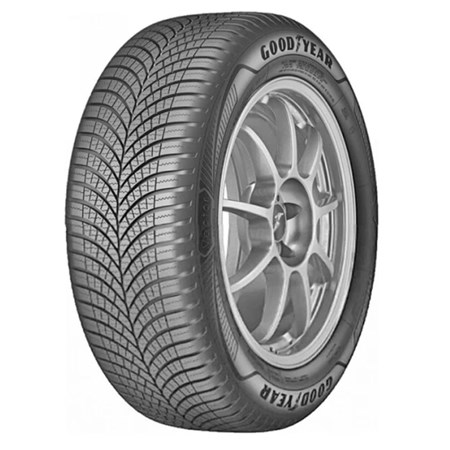

They meet the levels of most all-season tyres, and while they don't ultimately win every round, they did score podiums on each, which led Auto Zeitung to award them the overall test winner.
Pros
- Very good, purpose-like grip for all-season tyres
- Good value for money at £135 a corner
- Great for urban use as well as tricky weather conditions
Cons
- Snowy conditions isn't where it scores best
- Higher rolling resistance than some others
Editor's pick
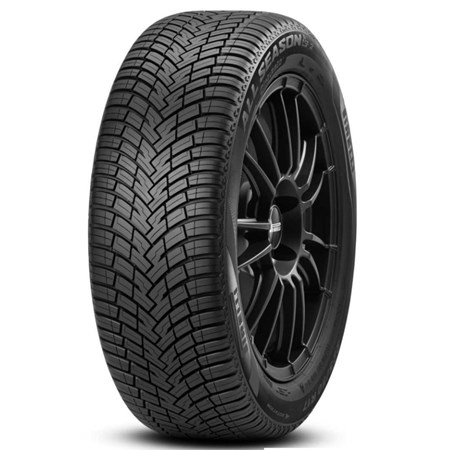

It is let down however, by falling slightly shorter on snowy conditions compared with the Goodyear and Hankook tyres. It also has the highest rolling resistance out of the list. But intriguingly, it comes with self-sealing that protects against a puncture in the tread.
Pros
- The superior tyres in wet weather conditions
- Shortest braking distance in the wet (as tested by our friends at Auto Zeitung)
- Comes with self-sealing tech that's resistant against punctures
Cons
- Higher rolling resistance than the others
- Further development needed in snowy conditions
The best all-season tyres for overall stability
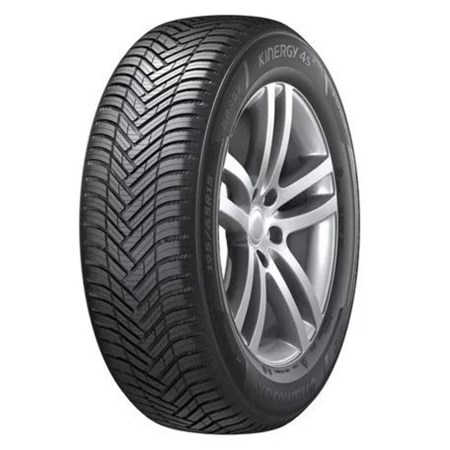

Still though, the Hankook tyres offer great levels of grip elsewhere and should be perfect for everyday use. They also transform into capable tyres in snowy conditions, which really helps once the winter comes around.
Pros
- Good levels of grip in everyday/dry and snow conditions
- Pretty good value at £155 for 245-width tyres
- Provide ample grip for all seasons and weather conditions
Cons
- Falls slightly short of the best, but only by a margin
The best all-season tyres for snow
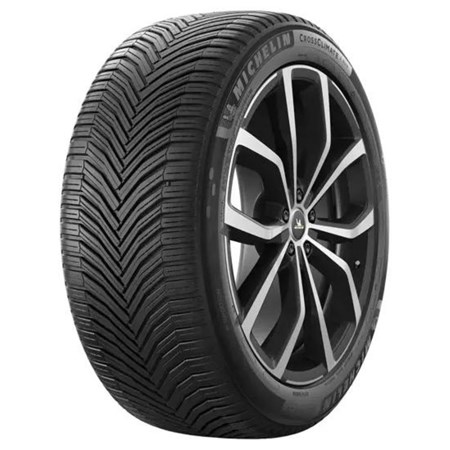

However, they do fall ever so slightly short on wet weather conditions and could do with further development to bring the CrossClimate 2s up to the standard of the Pirellis, Hankooks, and Goodyears.
Pros
- Very good performance on snow and winter surfaces
- Perfect for urban use and for everyday driving
- Range of different sizes readily available
Cons
- Relatively average performance in wet weather conditions
Best budget all-season tyres
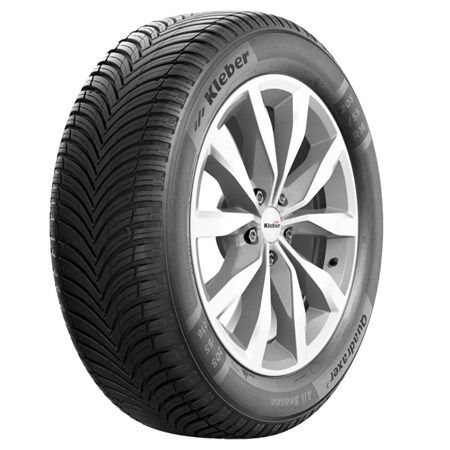

However, the differences are fairly minute, and if you're insistent on not spending too much on your next set of tyres, these are a good option to consider.
Pros
- Provides great levels of grip in the dry and everyday use
- Impressive levels of grip in the snow and winter conditions
- They represent good value for money - better size-for-size than the Michelins, Hankooks, and Pirellis
Cons
- Standards fall slightly shorter than the Michelin CrossClimates
- Suffers from very long braking distances
Best mid-range all-season tyres
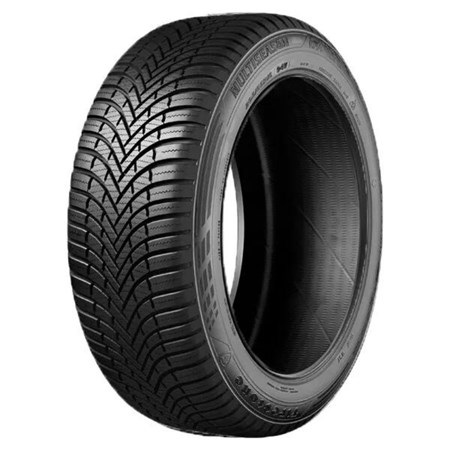

The performance of the tyres in the dry was okay, but it didn't meet at the same level as the others. However, issues concerning understeer under hard load were prevelant, which deducts the MultiSeasons from the top spot.
Pros
- Good performance in the snow, offering good traction
- Good performance under braking in the snow, which is useful in winter
- Pretty good value for money size-for-size
Cons
- Performance in the wet isn't as on-par as others
Best all-season tyres for feedback in snow
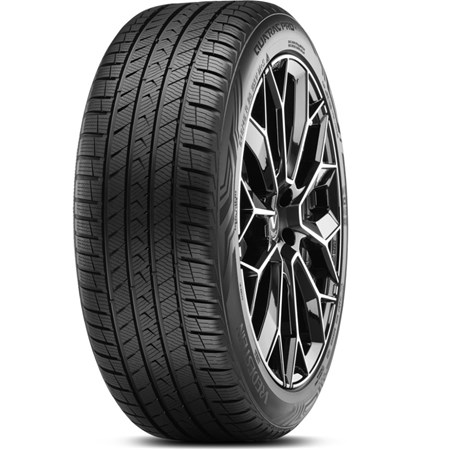

However, it falls short of the others on the grounds of braking distances in the wet and dry and overall precision, whereas others really do it better.
Pros
- Decent performance in the snow and winter conditions
- Provides ample cornering grip in wet and dry conditions
- Good value for money at £97 for 225-size tyres
Cons
- Falls short of others in braking and overall feedback
The best all-season tyres for wet stability


These impressive pros however, are balanced out by a few cons: they suffer from higher noise levels than the others on dry roads as well as longer braking distances than the others on wet and dry roads.
Pros
- Resistant to hydroplaning, which is a big plus on wet roads
- Quite impressive braking distance in the snow
- Pretty good value for money at £112 each for 225-sizes
Cons
- Suffers from higher road noise on dry roads
- Slightly longer braking distances than others on wet and dry surfaces
The best all-season tyres for predominently dry conditions
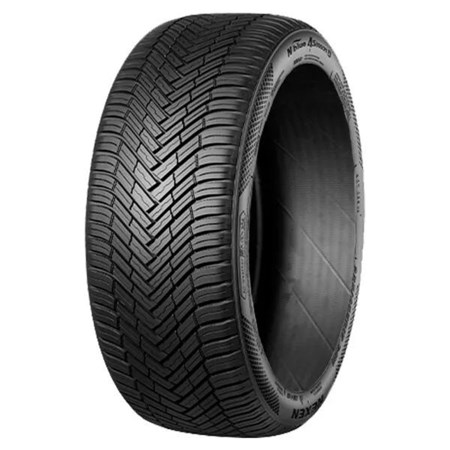

In wet weather, they don't perform as well as the others. The grip and braking distance is simply not on-par with the others for the Nexen Season 2s to make a podium. However, they did make a great effort at when the tarmac was dry, and they performed well on those surfaces.
Pros
- Good performance on dry tarmac, which makes them sufficient for everyday use
- Quite a bit better value for money than the others (size-for-size)
- Performance is better than others in the snow, albeit not quite the best
Cons
- Requires development in wet weather, where they fell short of others
- Not as readily available as the others
You can type in your vehicle's registration number to filter in the correct tyre size, or you can input the details yourself. To get your tyre's size, there is a code on the sidewall that has multiple meanings: for example, the tyres on Auto Zeitung's test car were 215/55/R17, 215 meaning the width of the tyre, 55 meaning the aspect ratio, and 17 denoting the size of the wheel rim.
Pros
- Easy to filter the correct tyre size of your vehicle
- Many different tyre brands and models are available
- Can either be fitted at a local Kwik Fit centre or at home
Cons
- You;ll have to book the right time for fitting
FAQs and things to consider with all-season tyres
Is it worth getting all-season tyres?
If you live somewhere that experiences a variety of weather conditions – with most parts, if not, all of the UK falling into that category, then yes. It can be worth getting all-season tyres because while they can struggle to be a jack of all trades and excel amazingly in every condition (we’ve found some are better than others in wet weather than in snow and vice versa), they do at least provide all the grip and safety you need for when the weather suddenly changes. Just remember to keep a tyre repair kit in the boot, should you experience an emergency.
This can range from a sudden downpour to a chance of dry to snowy surfaces if you’re heading to the Alps next winter for your holiday. Either way, no matter what size your tyres are, a set of all-seasons is a good upgrade over regular summer tyres if you drive in all sorts of conditions.
Are all-season tyres better than summer tyres?
For tackling slippery surfaces, it is much better. All-season tyres give you a helping hand in rainy and snowy conditions, whereas summer tyres simply don’t have the capacity or grip levels to do so. Summer tyres are predominantly designed for normal use, whereas all seasons are a grade above but not quite reaching the levels of winter tyres – which give you all the grip when the going gets snowy.
Do all-season tyres use more fuel?
This is where summer tyres gain an advantage. All-season tyres aren’t optimised for dry roads and will take up more energy consumption than summer tyres, as well as greater rolling resistance due to increased levels of grip. The difference in miles per gallon (MPG) will only be very small, but summer tyres are more efficient across the board.
One key thing to look out for in any tyre is the energy efficiency rating; grade A or B usually means they’ll be very kind to your car’s MPG due to less rolling resistance. Many all-season tyres will fall into grade C. If you are concerned about economy, the best rubber to go for is a set of eco tyres.
Sign up to the Parkers Newsletter to keep up to date with more of the latest reviews, news, and recommendations from the Parkers team.
Just so you know, whilst we may receive a commission or other compensation from the links on this page, we never allow this to influence product selections – read why you should trust us
Just so you know, we may receive a commission or other compensation from the links on this website - read why you should trust us.


